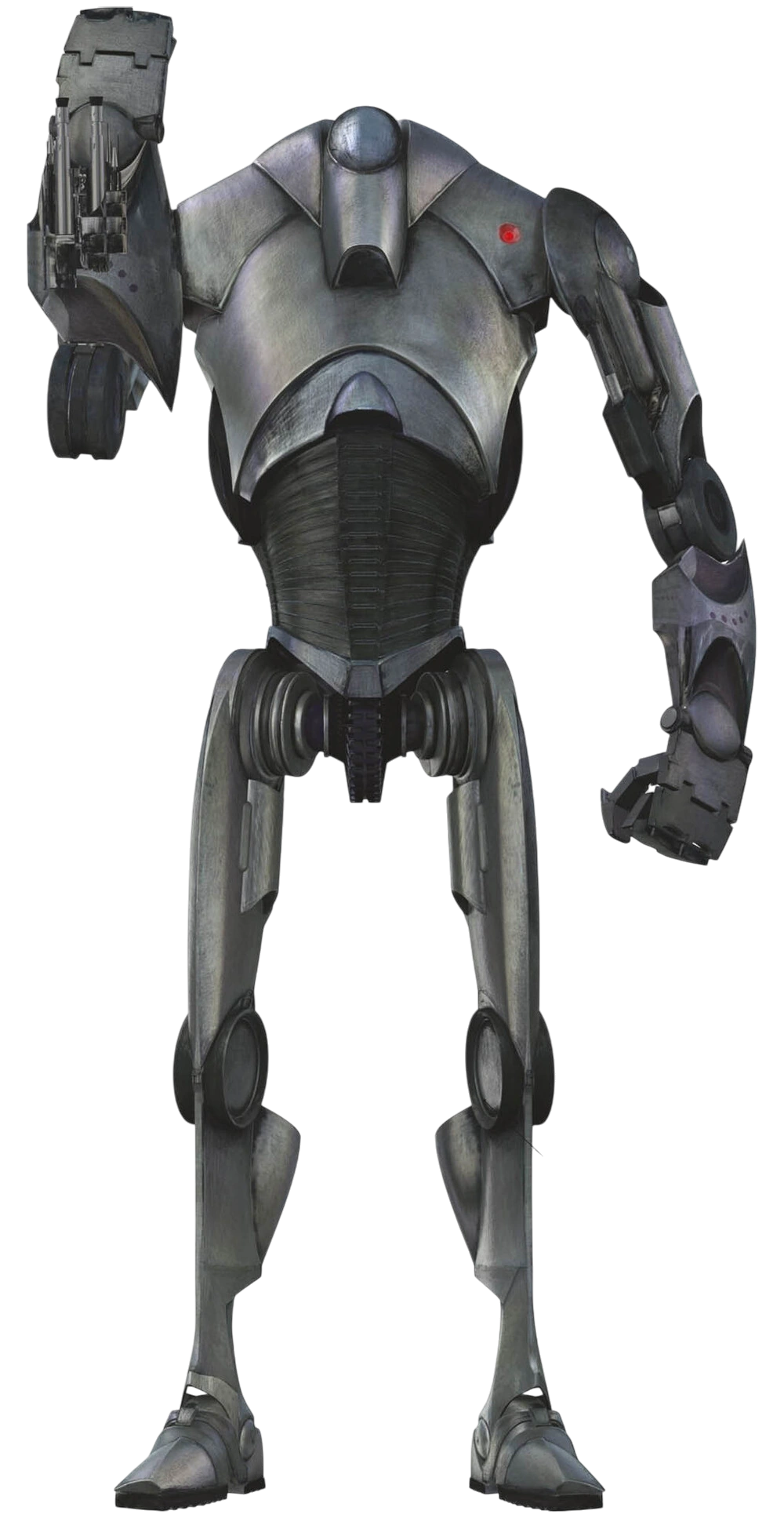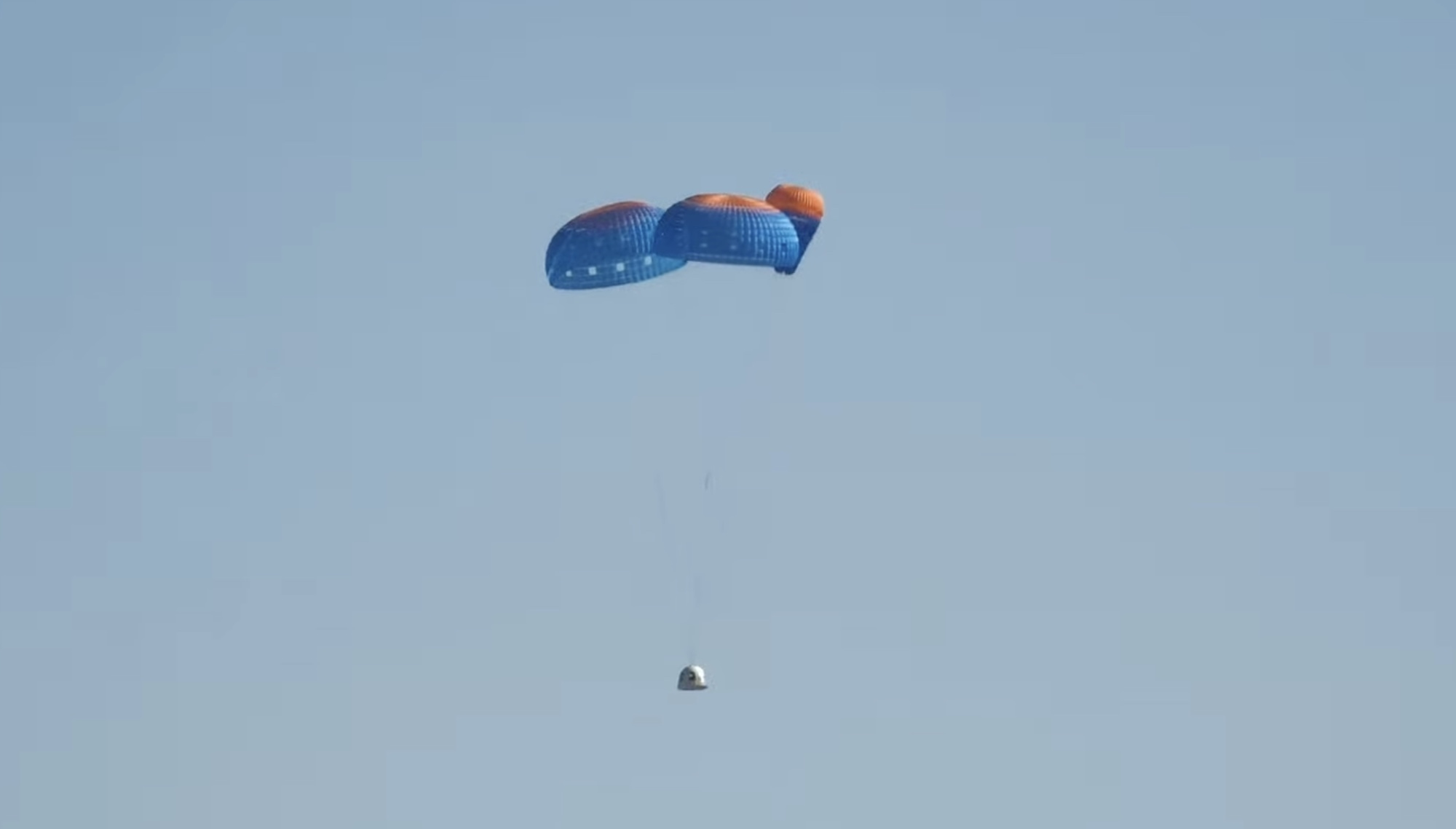The journal Astronomy & Astrophysics, generally known as A&A, which featured in yesterday’s post, is and has been for some time the journal of choice for many astrophysics researchers, especially those based in Europe. It is the journal in which the bulk of publications from Euclid will be published, including a batch due to come out in a couple of weeks.
The journal, which has existed since 1969, is published on behalf of the European Southern Observatory by EDP Sciences (Édition Diffusion Presse Sciences) which began life as a joint venture of four French learned societies in science, mathematics, and medicine. The company was acquired in 2019 by China Science Publishing & Media (which has headquarters in Beijing). Judging by its social media activity, EDP Sciences sees A&A as a flagship journal; for a list of other journals it runs see here.
A&A publishes papers through a curious hybrid model called “S2O” (Subscribe to Open; not to be confused with “420”). This is not fully Open Access because it requires libraries to pay a subscription to access the journal, but unlike some journals A&A does allow authors to place their papers on arXiv without restriction, so they can be read there for free. On the other hand, A&A also requires authors to pay “Page Charges” – essentially an Article Processing Charge (APC) – if they are not from a “member country”. Authors from a member country do not have to pay APCs to publish but their institutional libraries still have to pay a subscription if they are to access the paper.
You might ask why you should publish in A&A if you can put your papers on arXiv. The answer given on the website is:
Preprint servers such as arXiv play a vital role in bringing research into the astronomy and astrophysics communities as quickly as possible. However, content uploaded to this service has not undergone rigorous peer review and the editorial oversight offered by a professional publisher such as EDP Sciences. In addition, preprints don’t offer the content selection and curation processes that make a scholarly journal a reliable and trusted addition to library collections.
In summary, publishing your article in A&A increases the value and impact of your work by making your article more trustworthy, easier to find, read, and cite, whilst ensuring that the version of record is preserved in perpetuity.
In other words, A&A does nothing that the Open Journal of Astrophysics doesn’t do for free…
Incidentally, I am struck by the frequent assertion that publishers preserve or curate content. Actually they don’t. Libraries do that. If a publisher such as EDP Science decides a journal is no longer commercially viable it will simply ditch it. Fortunately nowadays institutions maintain their own repositories of published papers as insurance against this.
Here is some more information about how S20 works, taken from the A&A website:
A&A is a community journal sponsored by a board of member countries. While subscriptions fund the publishing costs of the journal, the editorial costs are funded both by the contributions from member countries, and the page charges for authors of non-member countries. This division of costs between authors and readers makes it possible to offer low subscription prices, while at the same time removing barriers to publishing for authors from A&A sponsoring countries, and allowing authors from non-sponsoring countries to publish for a modest charge.
If the S2O model is successful, editorial costs will continue to be funded by A&A member contributions and page charges, while subscriptions will be used to cover the open access publication of the journal. Authors from sponsoring countries can therefore publish in open access free of charge, while authors from other countries remain liable for page charges to fund the editorial process of their article (note: page charges are paid to A&A directly and not to the publisher).
This arrangement is being kept under annual review so whether it will persist is open to question.







